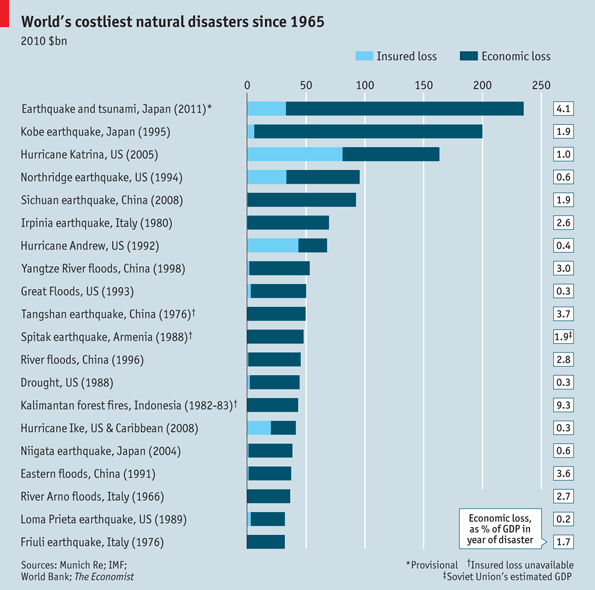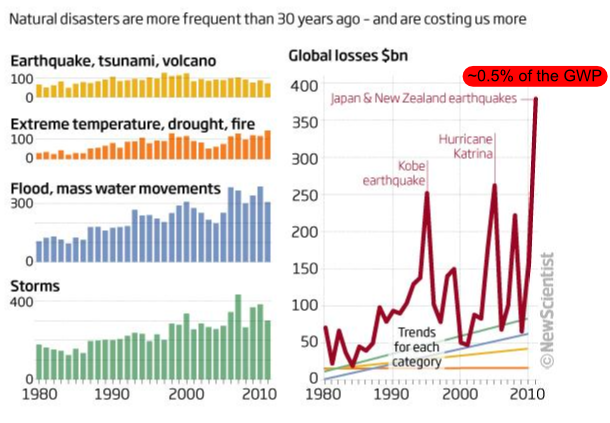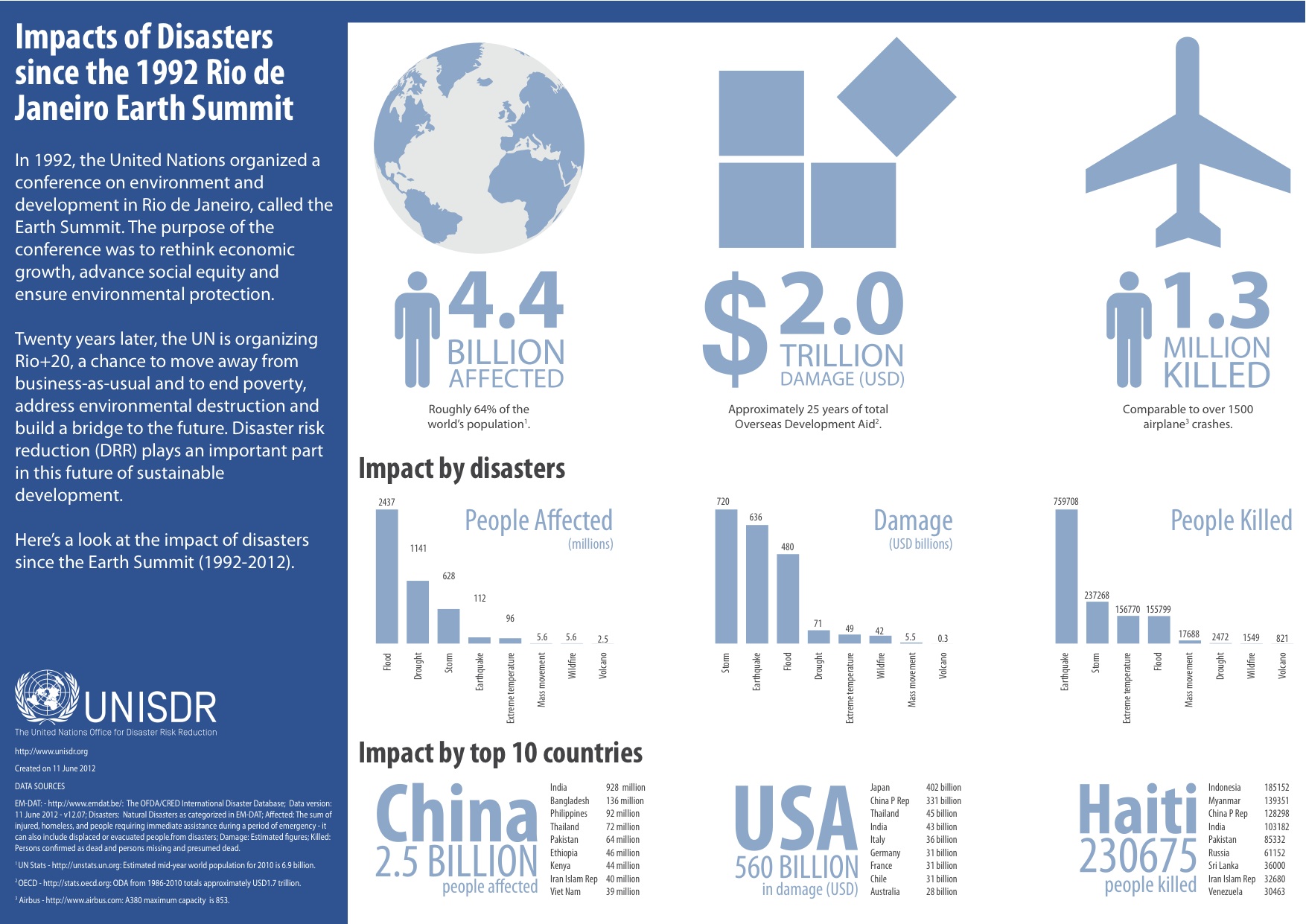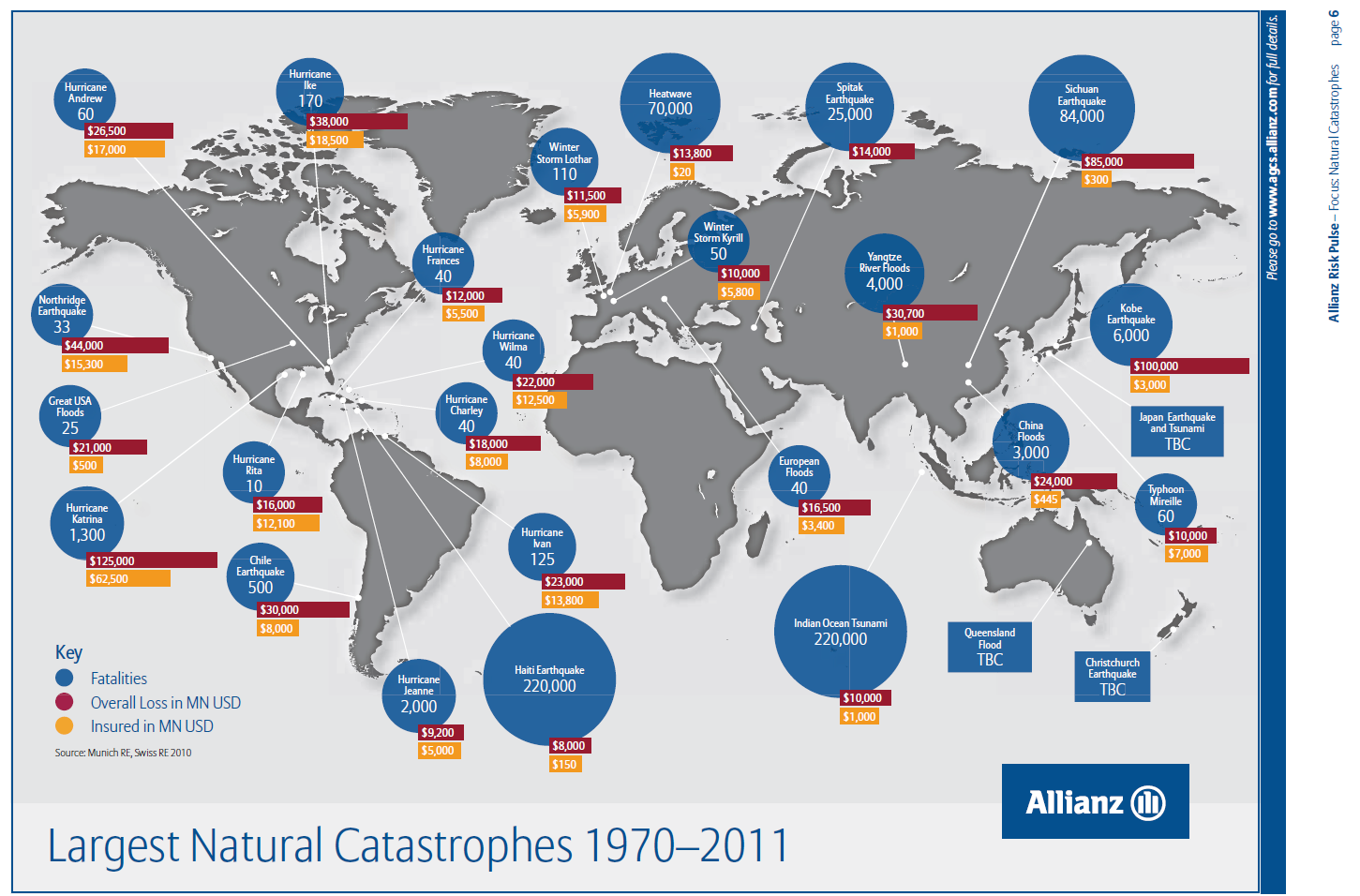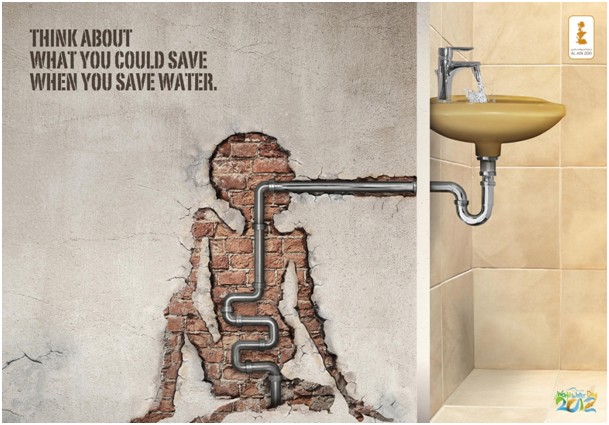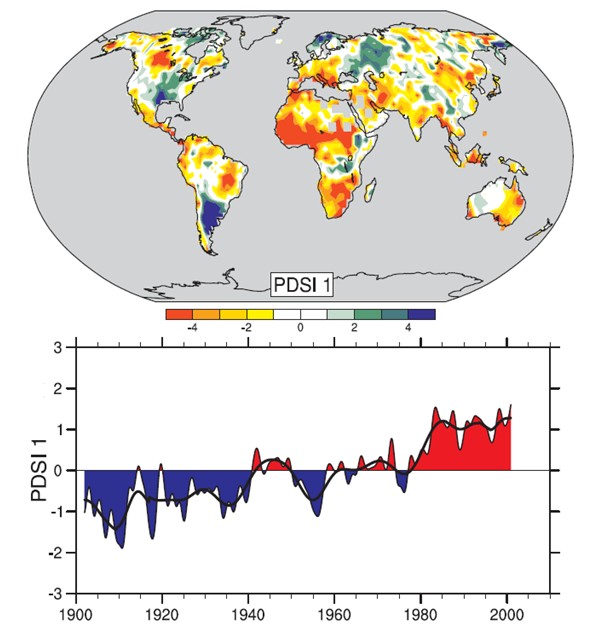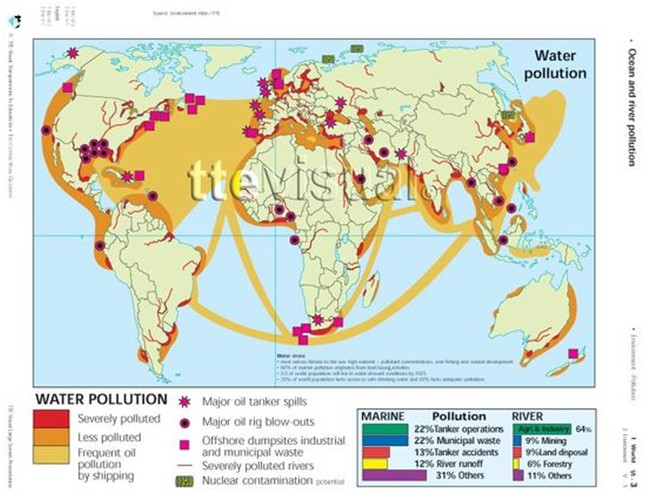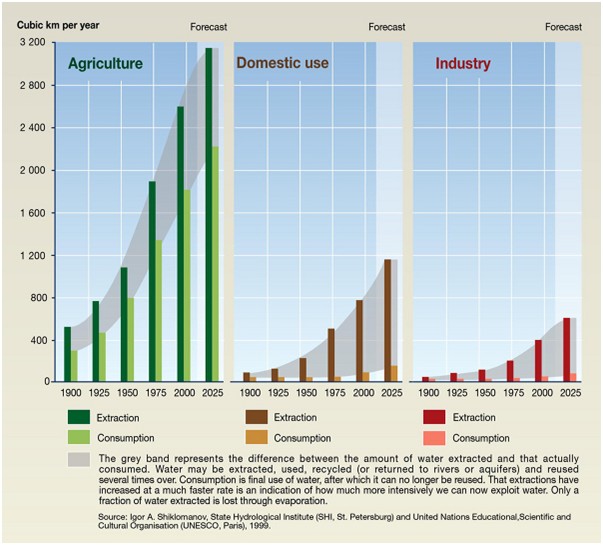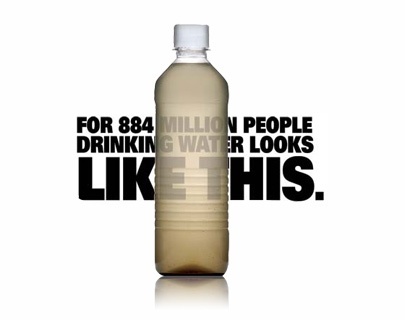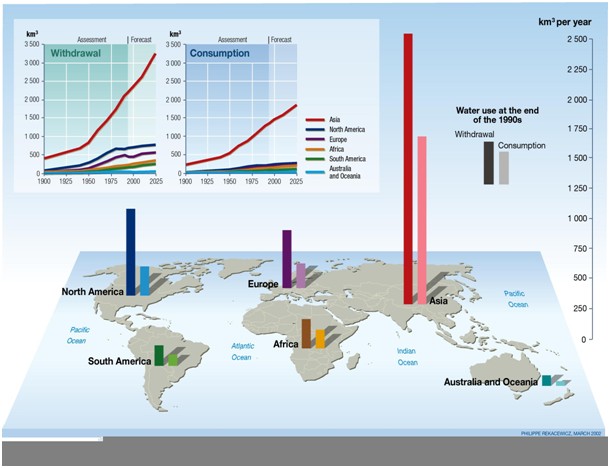Global
Submitted by Chris on
Natural Disasters frequency and costs from 1980 to 2010
Submitted by Chris on
Impacts of Natural Disasters since the 1992 Rio de Janeiro Earth Summit
Submitted by Chris on
The largest Natural Catastrophes from 1970-2011 world wide
Submitted by Chris on
Saving water is saving lives
Submitted by jeremy64fr on
drought in the world
Submitted by jeremy64fr on
water pollution
Submitted by jeremy64fr on
Trends in global water use by sector
Submitted by jeremy64fr on
For 884 million people, drinking water looks like this.
Submitted by Margaux on
withdrawal and consumption water in the world
Submitted by jeremy64fr on



